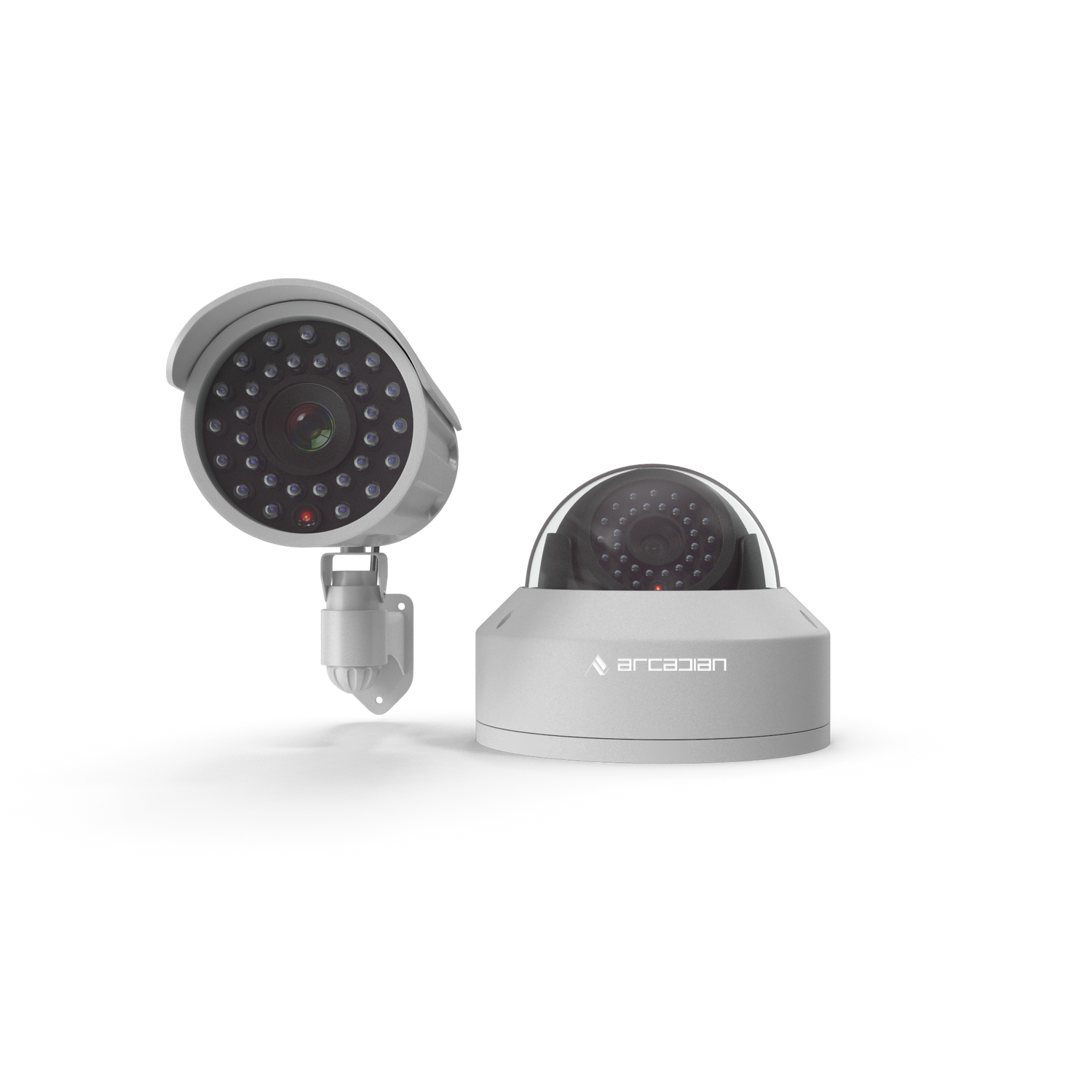Introduction: A Smarter Approach to Security
In today’s fast-paced world, businesses and households alike need robust, real-time security solutions to protect their assets and people. Traditional, on-site monitoring often falls short in terms of coverage and responsiveness. Enter remote monitoring services—an innovative approach that leverages technology, cloud connectivity, and AI to deliver comprehensive, 24/7 security coverage.
This blog explores how remote monitoring services enhance security coverage, offering businesses and individuals peace of mind while improving operational efficiency and reducing costs.
1. Continuous, Real-Time Monitoring
Why It Matters:
Traditional on-site monitoring systems rely heavily on human attention, which is prone to lapses, especially during off-hours. Remote monitoring services ensure constant vigilance.
How It Works:
- 24/7 Coverage: Remote teams monitor your premises round-the-clock, ensuring no incident goes unnoticed.
- Real-Time Alerts: AI-powered systems detect unusual activity and notify monitoring personnel or end users instantly.
- Event Verification: Live operators can verify threats through video feeds before escalating them to law enforcement.
Example:
A retail store chain reduced after-hours break-ins by 35% after implementing remote monitoring with AI-enhanced video analytics.
2. Expanded Security Coverage for Multi-Site Operations
Why It Matters:
Managing security across multiple locations can be logistically challenging and expensive. Remote monitoring centralizes security for multi-location businesses.
How It Works:
- Unified Platforms: Monitor all sites from a single dashboard, providing a consolidated view of security across locations.
- Customizable Alerts: Set specific monitoring parameters for each location based on unique security needs.
- Scalability: Easily add new locations or devices to the monitoring system as your business grows.
Stat: Multi-location businesses using remote monitoring report a 40% increase in operational efficiency (Source: Gartner).
3. Enhanced Threat Detection with AI and Analytics
Why It Matters:
Relying solely on human observation limits the ability to detect subtle or evolving threats. AI-powered remote monitoring systems enhance detection capabilities significantly.
How It Works:
- Behavioral Analysis: AI algorithms identify unusual patterns, such as loitering near restricted areas or repeated unauthorized access attempts.
- Object Recognition: Detects specific threats like weapons, unattended packages, or vehicles in restricted zones.
- Proactive Alerts: Alerts are triggered before incidents escalate, allowing for timely intervention.
Example:
A logistics company prevented cargo theft by identifying suspicious vehicle activity near its loading docks through AI-enabled remote monitoring.
4. Cost Efficiency and Resource Optimization
Why It Matters:
Maintaining an on-site security team can be costly and resource-intensive. Remote monitoring offers a more cost-effective alternative without compromising coverage.
How It Works:
- Reduced Staffing Needs: Remote monitoring reduces the need for a full-time on-site security team.
- Lower Infrastructure Costs: Cloud-based systems eliminate the need for expensive on-site servers.
- Pay-as-You-Go Models: Businesses can scale monitoring services up or down based on their needs, ensuring cost efficiency.
Stat: Businesses adopting remote monitoring save up to 50% on security costs compared to traditional on-site systems (Source: Deloitte).
5. Faster Response Times
Why It Matters:
Delays in identifying and responding to threats can escalate security incidents. Remote monitoring bridges this gap by enabling immediate action.
How It Works:
- Real-Time Alerts: Operators receive alerts instantly, verify the threat, and notify law enforcement or management.
- Emergency Protocols: Predefined response plans ensure incidents are managed quickly and effectively.
- Live Communication: Operators can communicate with on-site personnel or intruders through two-way audio systems.
Example:
A manufacturing plant avoided significant damage during a break-in attempt, thanks to the immediate intervention of remote monitoring operators.
6. Enhanced Security for Hard-to-Monitor Areas
Why It Matters:
Remote or expansive locations, such as warehouses, parking lots, or rural properties, are often challenging to secure using traditional methods.
How It Works:
- Drone Surveillance Integration: Monitor large outdoor areas efficiently.
- Thermal Imaging Cameras: Detect intruders in low-light or obscured environments.
- IoT Connectivity: Sensors monitor environmental conditions, such as open gates or broken windows, and send alerts to remote operators.
Stat: Businesses with remote monitoring in expansive areas report a 25% reduction in undetected security breaches (Source: Forrester).
7. Integration with Existing Security Systems
Why It Matters:
Transitioning to remote monitoring doesn’t require a complete overhaul of existing infrastructure. It integrates seamlessly with current systems.
How It Works:
- Cloud Connectivity: Connects existing cameras and sensors to the cloud for centralized monitoring.
- Multi-Vendor Compatibility: Works with a variety of security hardware, including cameras, alarms, and access control systems.
- Data Analytics: Provides actionable insights by combining data from multiple sources.
Example:
A shopping mall upgraded its existing CCTV system by integrating remote monitoring, enhancing threat detection without significant infrastructure changes.
Comparison Table: Traditional On-Site Monitoring vs. Remote Monitoring
| Feature | Traditional On-Site Monitoring | Remote Monitoring Services |
|---|---|---|
| Coverage | Limited to staffed hours | 24/7 real-time monitoring |
| Threat Detection | Reactive, manual | AI-driven, proactive |
| Cost | High due to staffing and equipment | Cost-effective, scalable |
| Response Times | Delayed due to manual verification | Immediate action via live operators |
| Integration | Limited compatibility | Seamless with cloud and IoT systems |
8. Who Can Benefit from Remote Monitoring?
1. Retail Stores and Franchises:
- Monitor multiple locations from a single platform.
- Prevent theft and vandalism with real-time alerts.
2. Warehouses and Logistics Hubs:
- Secure large perimeters and loading docks.
- Detect suspicious activity before incidents occur.
3. Multi-Family Housing Complexes:
- Enhance tenant safety with 24/7 monitoring.
- Integrate access control with video analytics.
4. Small Businesses:
- Gain enterprise-level security at a fraction of the cost.
- Protect assets with round-the-clock monitoring.
9. Key Benefits of Remote Monitoring Services
- Enhanced Security Coverage: Real-time, 24/7 monitoring for comprehensive protection.
- Proactive Threat Detection: AI-driven tools identify and address risks before they escalate.
- Cost Savings: Reduce infrastructure and staffing costs while improving efficiency.
- Rapid Response: Immediate alerts and verified incidents for faster intervention.
- Scalability: Adapt services to meet the needs of growing businesses or multi-location operations.
Conclusion: Elevate Your Security with Remote Monitoring
Remote monitoring services offer a smarter, more efficient way to protect your assets and people. By leveraging AI, cloud technology, and centralized management, these systems provide unparalleled coverage and peace of mind for businesses of all sizes.
Ready to enhance your security coverage?
👉 Contact Arcadian.ai today to learn how our remote monitoring solutions can safeguard your operations and reduce risks.
Visit Us on Social Media
💼 LinkedIn
🌐 Facebook
📸 Instagram
🎥 YouTube
🎬 TikTok
🐦 X


